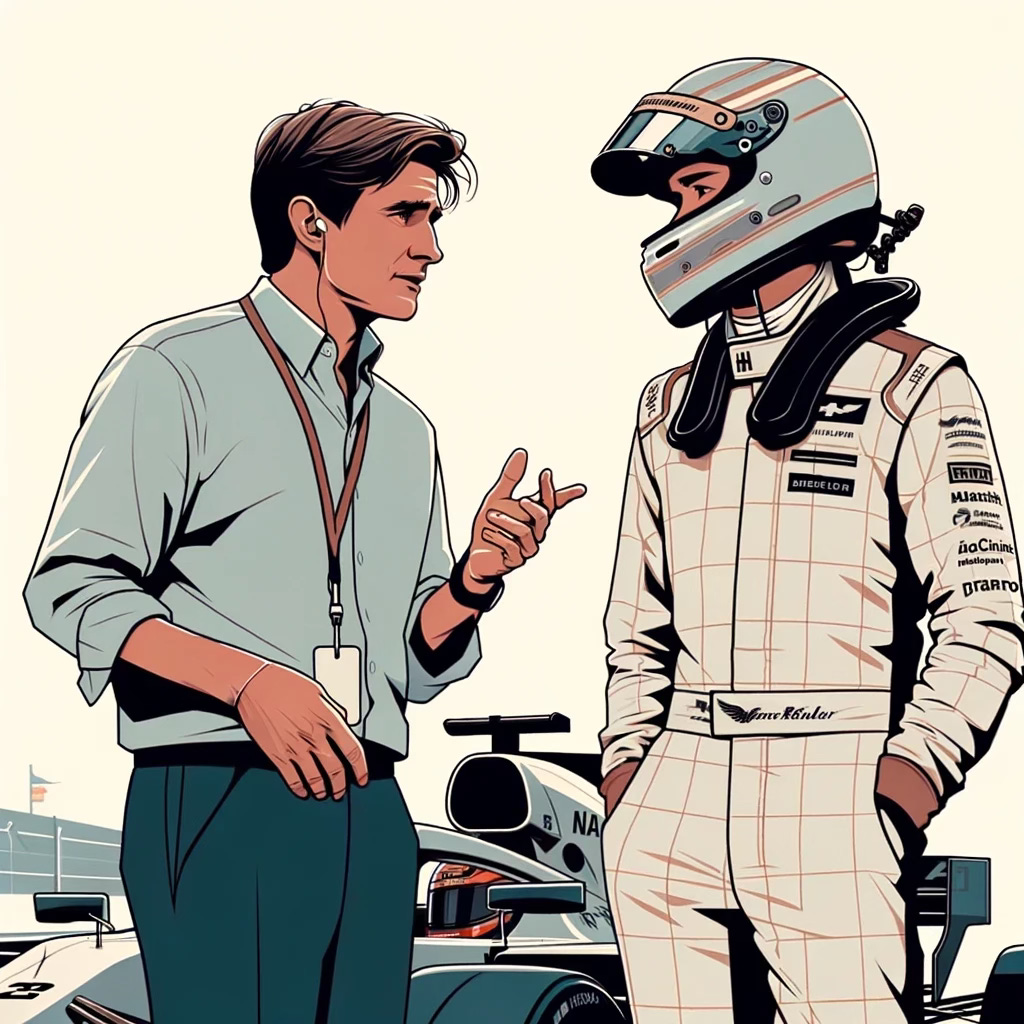I’ve become rather famous for answering many questions with, “It depends…”. It’s gotten to the point where, when I’m at a speaking event or doing an online chalktalk, some people will jump in and say that for me, before I get a chance to open my mouth! So, yeah, it depends.
Why do I answer with “It depends” so often? Well, it depends… (you knew that was coming, right?!). Because many questions can’t be answered on the same level as they were asked. To really answer them properly, we have to dig a bit deeper.
Albert Einstein once said, "We can't solve problems by using the same kind of thinking we used when we created them."
Questions about driving are the same.
Who was the greatest philosopher of all time? Socrates, Plato, Aristotle, Lao-Tzu, Confucius, Kant? Nope. The greatest philosopher of all time, in my opinion, was Shrek. Why? Because he said, “Ogres are like onions. They have layers.” Brilliant!
Driving questions have layers, just like ogres. Personally, though, I think driving questions are better looking (don’t tell Shrek I said that, otherwise I’d have to go into a long explanation about why I said that, and end with, “It depends…”).
Seriously, when I’m asked how to adjust a car’s handling to reduce the amount of understeer it has entering a corner, “It depends” is the only way to start. After all, it depends on whether the driver is currently trailing the brakes into the corner, and if so, how much. It also depends on how quickly the driver turned the steering wheel, as well as whether there are any surface, elevation and/or camber changes in the track. And, what condition are the tires in?
See, it depends.
Here’s where I need to get a bit snarky, and say that if someone doesn’t dig deeper, peel back the layers of the ogre… I mean, handling issue, and considers what it depends on, ignore whatever they say because it will be incomplete and surface level.
When you have a driving or car handling issue, peel the layers. Imagine having an onion that has been sliced in half, and you peel the layers away until you reach the core. That’s your answer, your solution, your “what it depends on.”
Four examples:
Corner entry understeer: Ahhh, the classic “it depends” situation. Typically, as you turn into a corner, you ease off the brakes; as you ease off the brakes, the load/weight on the front tires is reduced; as load/weight on the front tires is reduced, the amount of grip they generate is reduced; and this could result in understeer. With this in mind, the common solution for corner entry understeer (other than adjusting and/or modifying the car) is to ease off the brake slowly. In other words, trail brake more. And often, more trail braking will reduce the amount of corner entry understeer.
If you don’t peel back the layers of onion and find out what the understeer depends on, though, you may miss the real solution. In fact, trail braking more could actually make the corner entry understeer worse. Why?
Tires can only do so much work; they can only generate so much grip before they begin to give up. If you require too much of them, they will give up traction. When you trail brake more, you’re asking them to do more work — to continue to brake, and generate cornering grip at the same time. If you do too much of that, the front tires will say, “Hey, give us a break! You’re asking too much from us, so we’re just going to quit, and start to slide.”




